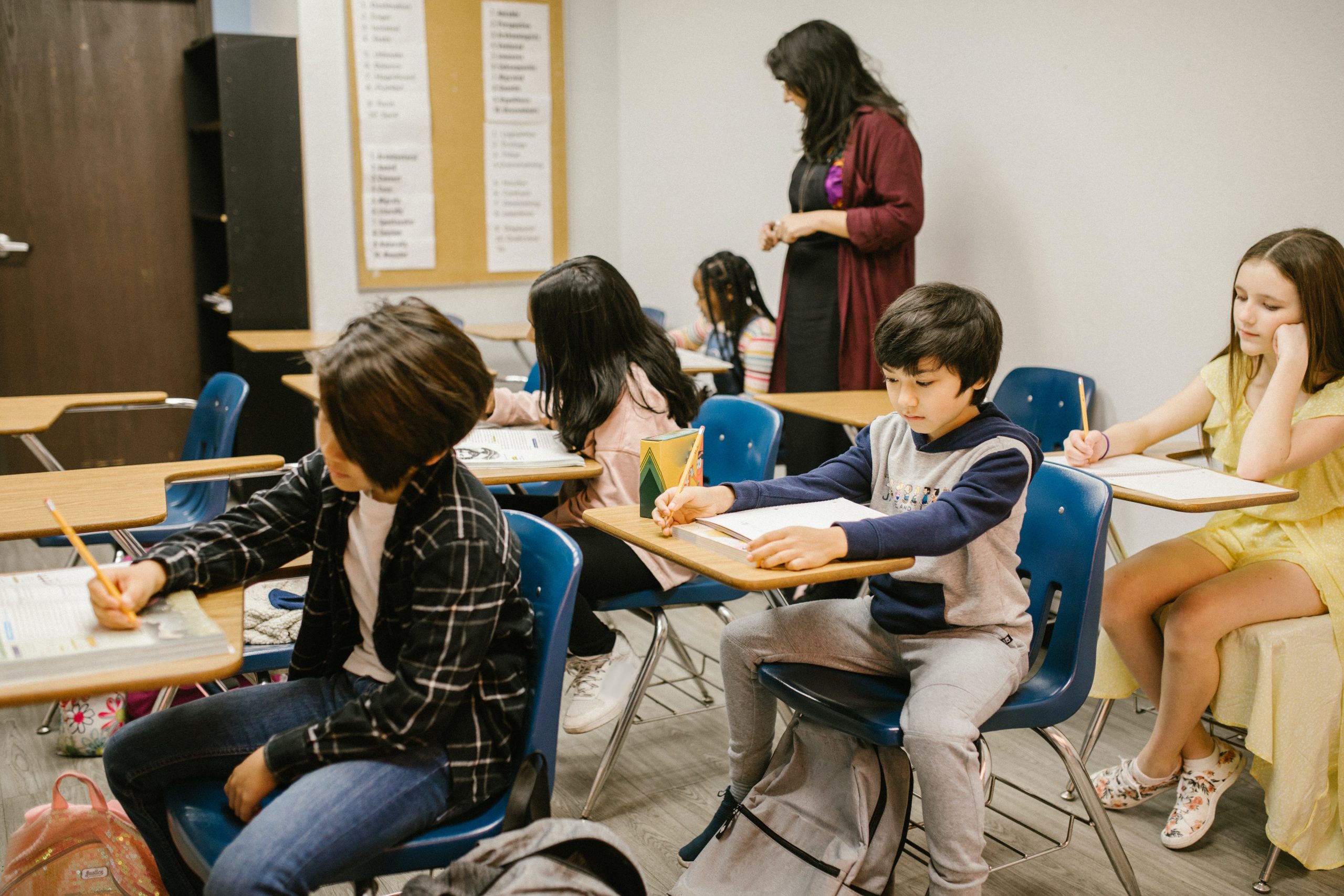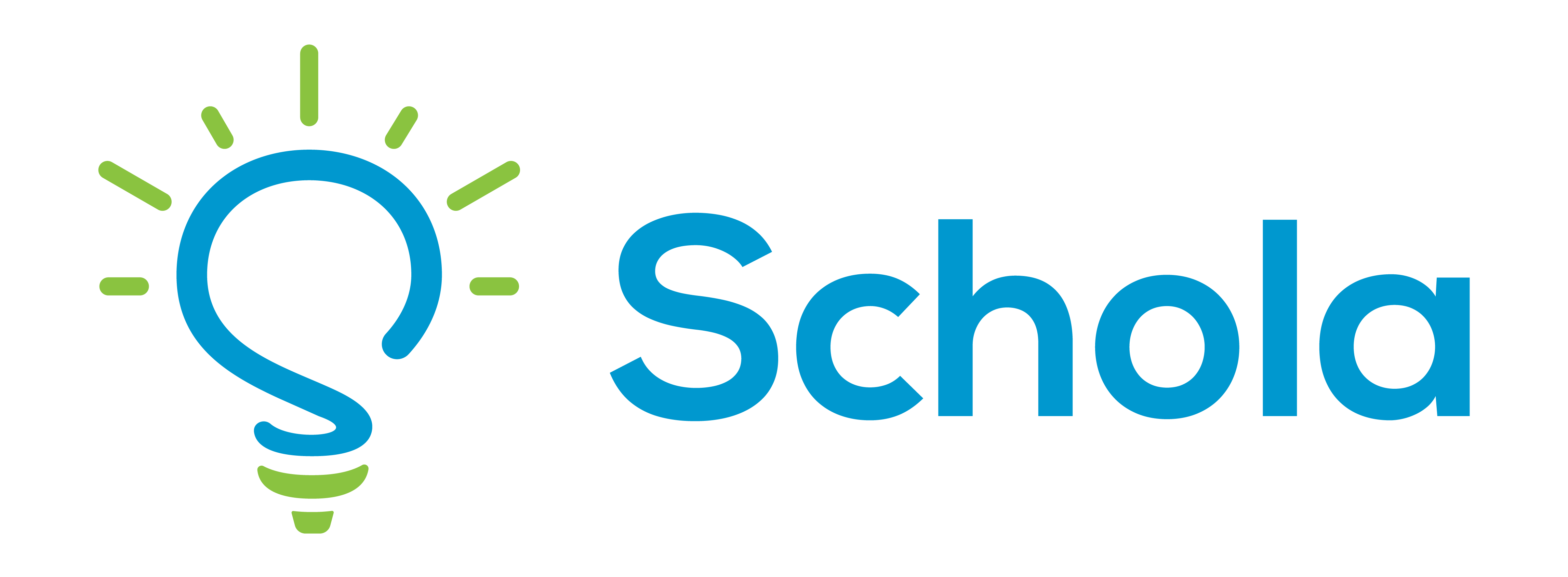The number of learning models and school types available for students has significantly progressed over time. Many families are unaware of the variety of school options available to them. Yet, the ability for students to choose a school that best meets their needs and interests makes an insurmountable difference for their overall academic success. Families should be aware of the different types of learning models and school types, so their children can be placed in an education setting that allows them to thrive. Here is a breakdown of 7 different types of schools available to students.
#1: Public District
Public District schools are provided by state and federal funding. They typically offer a general program utilizing a traditional teaching style designed to fit most students. This usually includes courses in math, English, reading, writing, science, history, and physical education. Some public districts do incorporate more differentiated learning models such as project-based learning. Currently, many states offer programs that allow you to enroll in other districts outside of your neighborhood schools.

#2: Private
As the name suggests, private schools are funded by a private organization or individuals, rather than the government. Many private schools are founded by religious institutions, allowing religious beliefs to be incorporated as a key component of the curriculum. However, not all private schools are religious. Some are private because they offer very specific learning models such as Montessori or rigorous college prep. Private schools are an excellent option for families looking for religious education or more rigorous academics.
#3: Charter
Charter schools are tuition-free public schools that operate independently from the established state school system. This empowers teachers to design a classroom that meets the unique needs of their students. Some charter schools incorporate distinctive features like STEM programs, longer school days, individualized attention, or a bilingual curriculum. Charter Schools are an excellent option because of their private-school-like curriculum but tuition-free cost.

#4: Virtual/Online Learning
By now, virtual schools are very well known and can elicit mixed feelings depending on the students’ learning style. However, virtual/online school can still be a suitable option, even outside the COVID-19 Pandemic. Virtual learning involves active technology use, but how students engage in that process can vary. Online learning can include virtual face-to-face interactions such as webinars or online lectures or daily assignments that students complete on their own time. The use of computers and online programs is meant to enhance the learning experience and is ideal for high school students who enjoy more autonomy over their learning.

#5: Special Education
Special Education schools serve many students with different types of severities of learning disabilities. These schools are generally equipped with teachers and specialists such as speech pathologists, physical therapists, and occupational therapists to help children with their language and physical skills. Education is tailored to each individual so every student can thrive.
#6: Magnet schools
Magnet schools are free public schools that focus on specific areas of interest. Specialized criteria may include performing arts, world languages, leadership, or STEM. They utilize a hands-on centralized approach to providing students with a robust learning experience in areas that capitalize on their strengths and interests. The term “magnet” refers to how the school draws students to their specialized programs from across locational boundaries.
#7: Montessori
The Montessori learning model is to help students learn through all five senses and develop natural interests rather than using formal teaching methods. This model is generally directed towards young children but is not limited to early education. Montessori schools utilize collaborative play, self-directed activity, and hands-on learning. Additionally, children are typically placed in 3-year age groups forming communities in which older and younger students support one another. This model is designed to help children develop physically, cognitively, and socially.

Choosing the right school is vital for your child’s success, but it can be a difficult task when there are so many options to choose from. Schola can help. Schola is dedicated to helping families discover, connect, and enroll in their ideal educational setting. Our mission is to improve education outcomes for all by placing students in their ideal learning environment. Visit Schola to find the right school today, and give your child the education they deserve.

